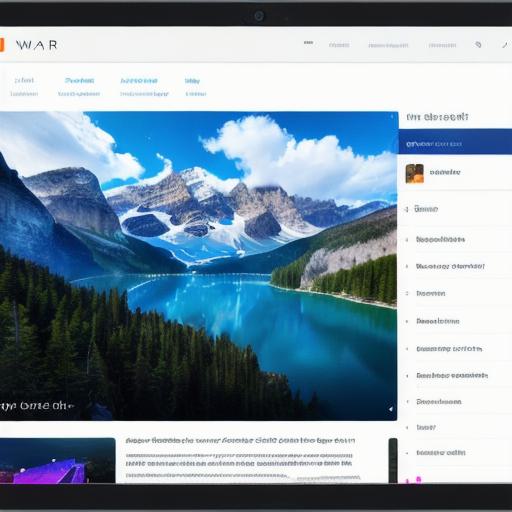As the world becomes increasingly digital, web3 technology is revolutionizing the way we interact online. Web3 refers to the decentralized web, which is powered by blockchain technology and allows users to have more control over their data and online experiences. In this article, we will explore some of the top web3 social networks that are available today and how they can help you to have a more decentralized online experience.
- MetaMask: MetaMask is a browser extension that allows you to interact with blockchain-based applications and social networks. It is one of the most popular and widely used tools for accessing the decentralized web. With MetaMask, you can create a new wallet, store your cryptocurrencies securely, and connect to various dApps and social networks that use web3 technology.
- Brave: Brave is a web browser that is built on top of the Ethereum blockchain. It offers users privacy and control over their online experience by default. Brave also allows users to earn cryptocurrency in exchange for viewing ads, which helps to support decentralized content creators and publishers.
- Steem: Steem is a blockchain-based social media platform that uses web3 technology to allow users to earn rewards for their content. It is similar to other social media platforms such as Twitter and Facebook, but with a more decentralized approach. Steem allows users to upvote and downvote content, which helps to determine the value of the content and its corresponding reward.
- Decentraland: Decentraland is a virtual world that is built on top of the Ethereum blockchain. It allows users to create their own avatars, build their own games and experiences, and interact with other users in a decentralized manner. Decentraland is designed to provide users with more control over their online experiences and allow them to create content that is not censored or controlled by centralized authorities.
- Dfinity: Dfinity is a blockchain-based social media platform that uses web3 technology to allow users to create, share, and monetize their content. It allows users to earn cryptocurrency for their content through a system of tokens, which are awarded based on the popularity of the content. Dfinity also offers features such as decentralized advertising and privacy-focused messaging.
In conclusion, these top web3 social networks offer a more decentralized online experience and allow users to have more control over their data and online interactions. By using these platforms, you can support decentralized content creators and publishers, create and monetize your own content, and interact with other users in a more transparent and secure manner. So whether you’re a web3 developer or just someone looking for a more decentralized online experience, give these social networks a try and see how they can help you to have a more secure and private internet.
FAQs:
- What is web3 technology?
Web3 technology refers to the decentralized web, which is powered by blockchain technology and allows users to have more control over their data and online experiences.
- How does MetaMask work?
MetaMask is a browser extension that allows you to interact with blockchain-based applications and social networks. You can create a new wallet, store your cryptocurrencies securely, and connect to various dApps and social networks that use web3 technology.3. What is Brave?
Brave is a web browser that is built on top of the Ethereum blockchain. It offers users privacy and control over their online experience by default. Brave also allows users to earn cryptocurrency in exchange for viewing ads, which helps to support decentralized content creators and publishers.
4. What is Steem?
Steem is a blockchain-based social media platform that uses web3 technology to allow users to earn rewards for their content. It is similar to other social media platforms such as Twitter and Facebook, but with a more decentralized approach.
5. What is Dfinity?
Dfinity is a blockchain-based social media platform that uses web3 technology to allow users to create, share, and monetize their content. It allows users to earn cryptocurrency for their content through a system of tokens, which are awarded based on the popularity of the content.
